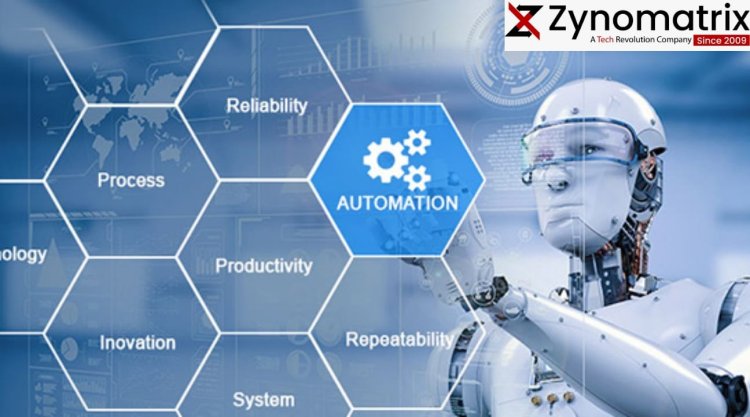Advancements in Robotics and Automation: Transforming Industries and Shaping the Future
In this blog post, we delve into the exciting world of robotics and automation, exploring the latest advancements that are revolutionizing industries and shaping the future. From collaborative robots that work alongside humans to autonomous vehicles and medical robots, we examine the transformative potential of these technologies across various sectors. The blog starts with an introduction that highlights the rapid progress in robotics and automation, emphasizing their significant impact on how we work, live, and interact with technology. We set the stage for an exploration of the key advancements in this field and their wide-ranging applications.

Introduction:
The field of robotics and automation has witnessed remarkable advancements in recent years, revolutionizing industries and paving the way for a future where intelligent machines play a significant role. From manufacturing and healthcare to transportation and agriculture, robotics and automation are reshaping how we work, live, and interact with technology. In this blog post, we will explore some of the key advancements in robotics and automation, their applications across various sectors, and the potential impact they hold for the future.
Collaborative Robots (Cobots):
Collaborative robots, or cobots, are designed to work alongside humans, enhancing productivity and safety in industries such as manufacturing, logistics, and healthcare. Discuss the key features of cobots, their ability to interact with humans safely, and the advantages they offer in terms of efficiency, flexibility, and cost-effectiveness.
Autonomous Vehicles:
Autonomous vehicles have gained significant attention in recent years. Explore the advancements in self-driving cars, trucks, and drones, and their potential to transform transportation and logistics. Discuss the technologies involved, such as computer vision, artificial intelligence, and sensor fusion, and address the challenges and implications associated with widespread adoption.
Robotics in Healthcare:
Robotic systems are making significant contributions to the healthcare industry, from surgical robots and exoskeletons to assistive robots for elderly care. Highlight the latest developments in medical robotics, their impact on precision surgery, rehabilitation, and patient care, and the potential to improve outcomes and reduce healthcare costs.
Industrial Automation and Industry 4.0:
Industry 4.0 is characterized by the integration of automation, data exchange, and advanced manufacturing technologies. Discuss the role of robotics in industrial automation, including smart factories, robotic process automation (RPA), and the Industrial Internet of Things (IIoT). Explain how these advancements are streamlining production, increasing efficiency, and enabling real-time decision-making.
Agricultural Robotics:
The agricultural sector is leveraging robotics and automation to address challenges such as labor shortages, crop monitoring, and precision farming. Explore the use of drones, autonomous tractors, robotic harvesters, and AI-powered analytics in agriculture. Discuss the potential benefits, such as increased crop yields, optimized resource usage, and reduced environmental impact.
Humanoid Robots and AI Assistants:
Humanoid robots, like Boston Dynamics' Atlas, and AI-powered virtual assistants, such as Amazon's Alexa and Google Assistant, are becoming more sophisticated and capable. Discuss the advancements in humanoid robotics and virtual assistants, their applications in industries like customer service, entertainment, and education, and the potential ethical considerations surrounding their development and deployment.
What's Your Reaction?





















